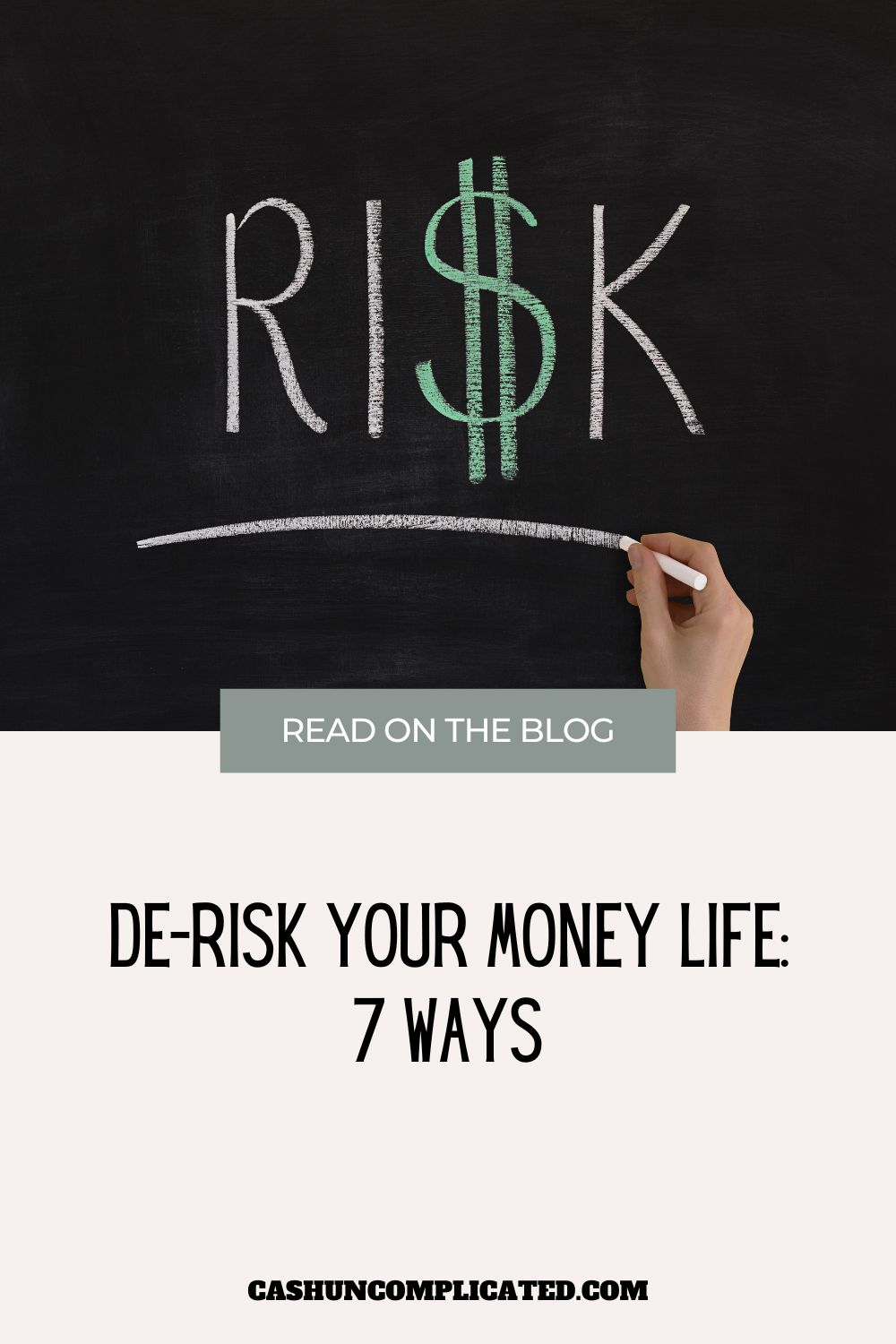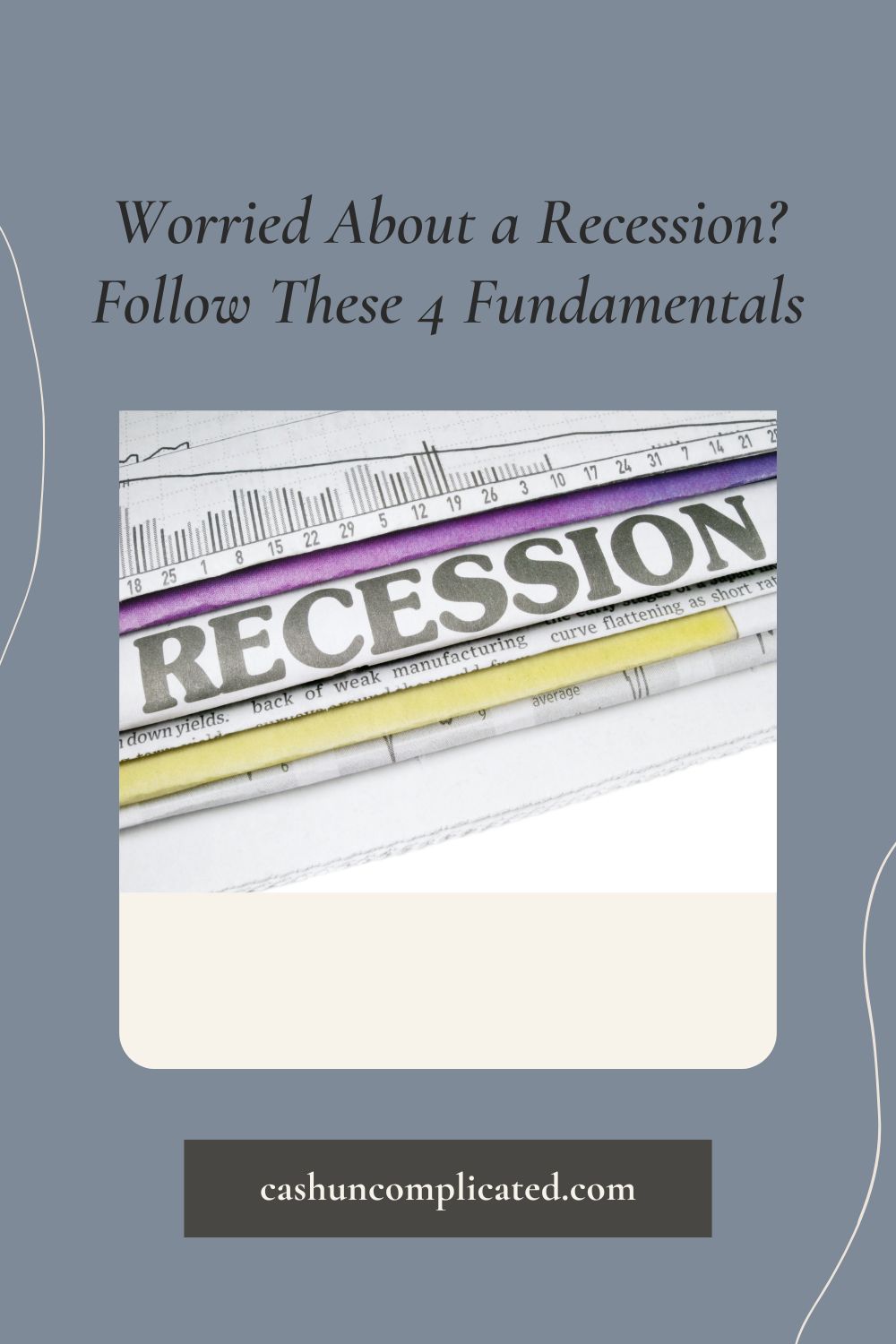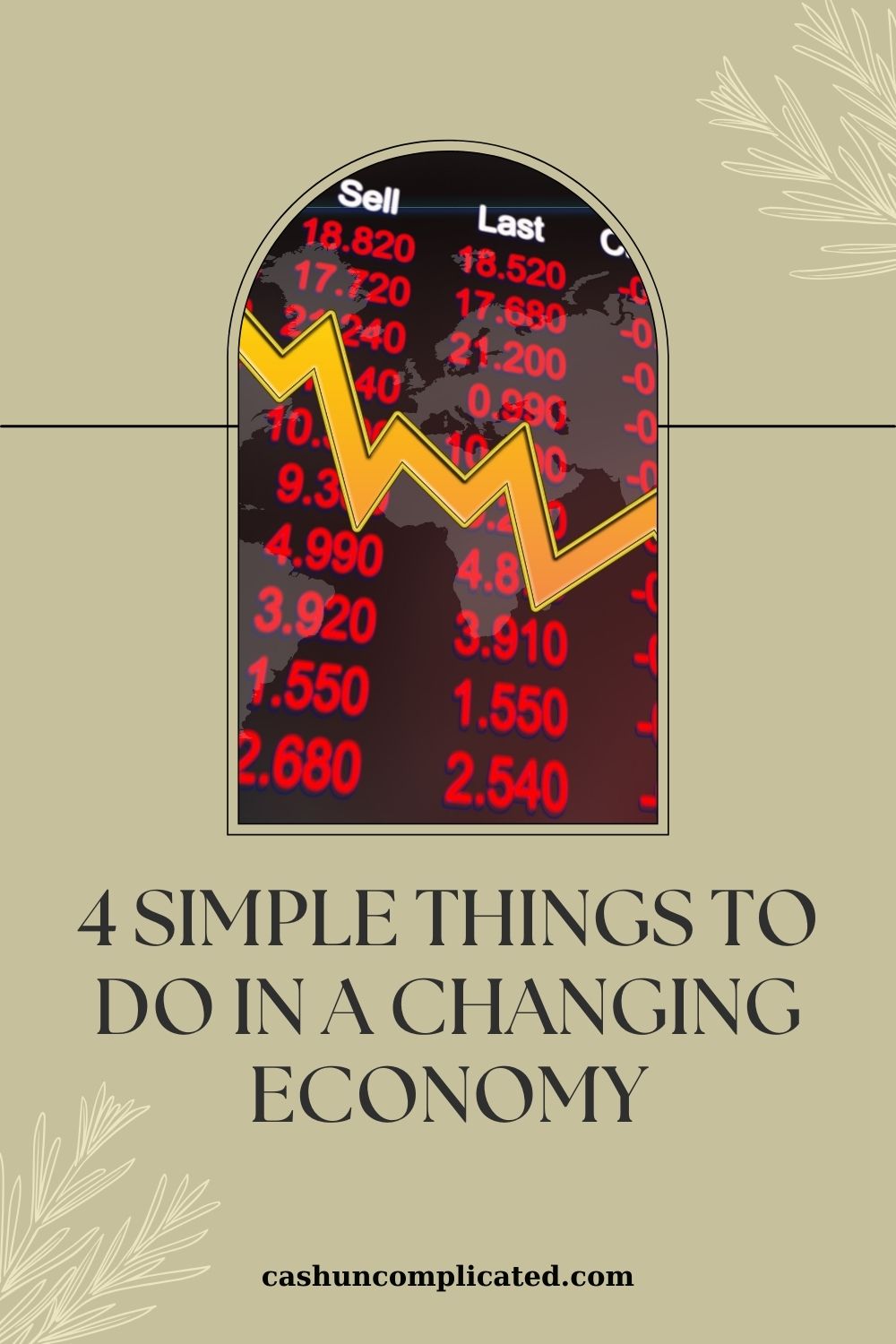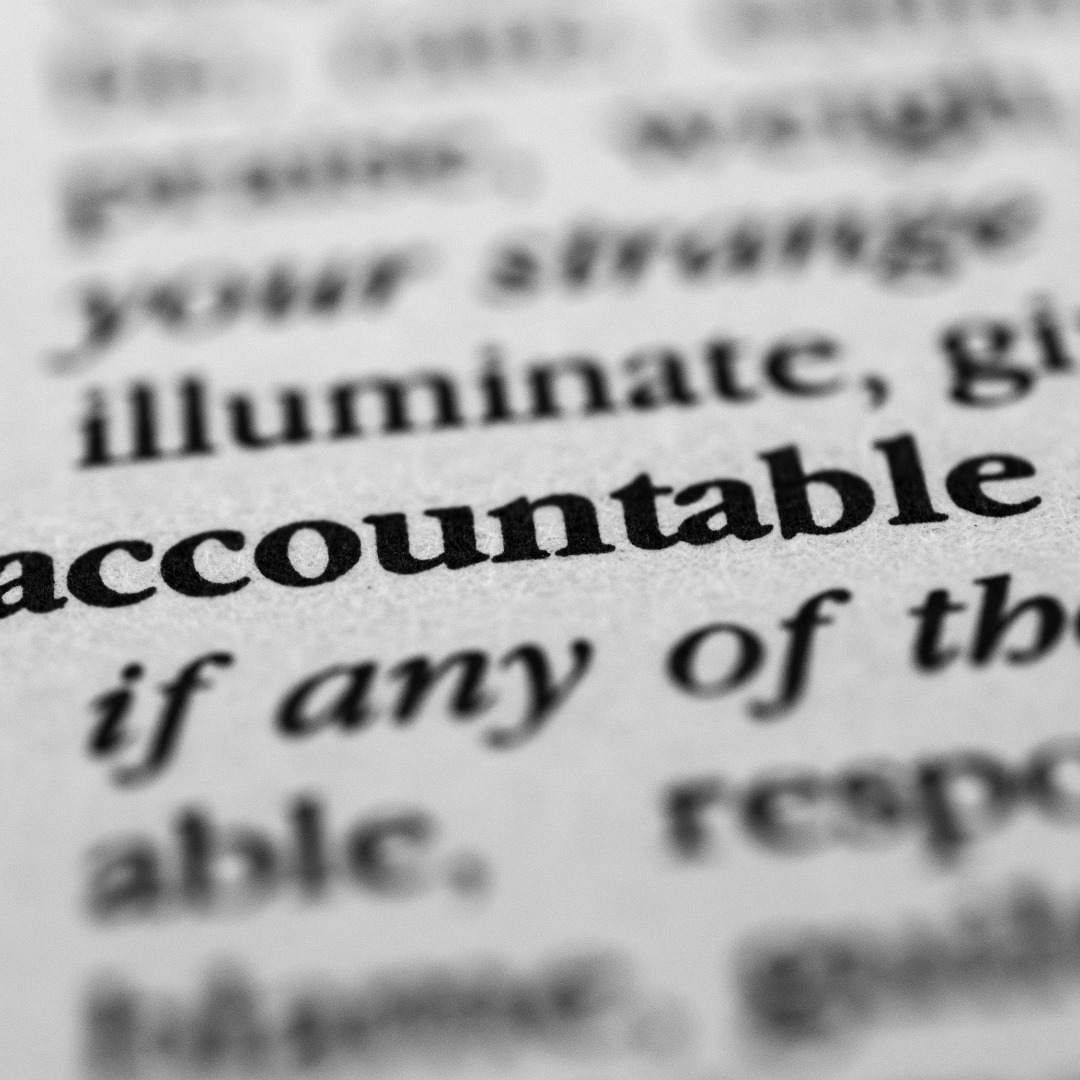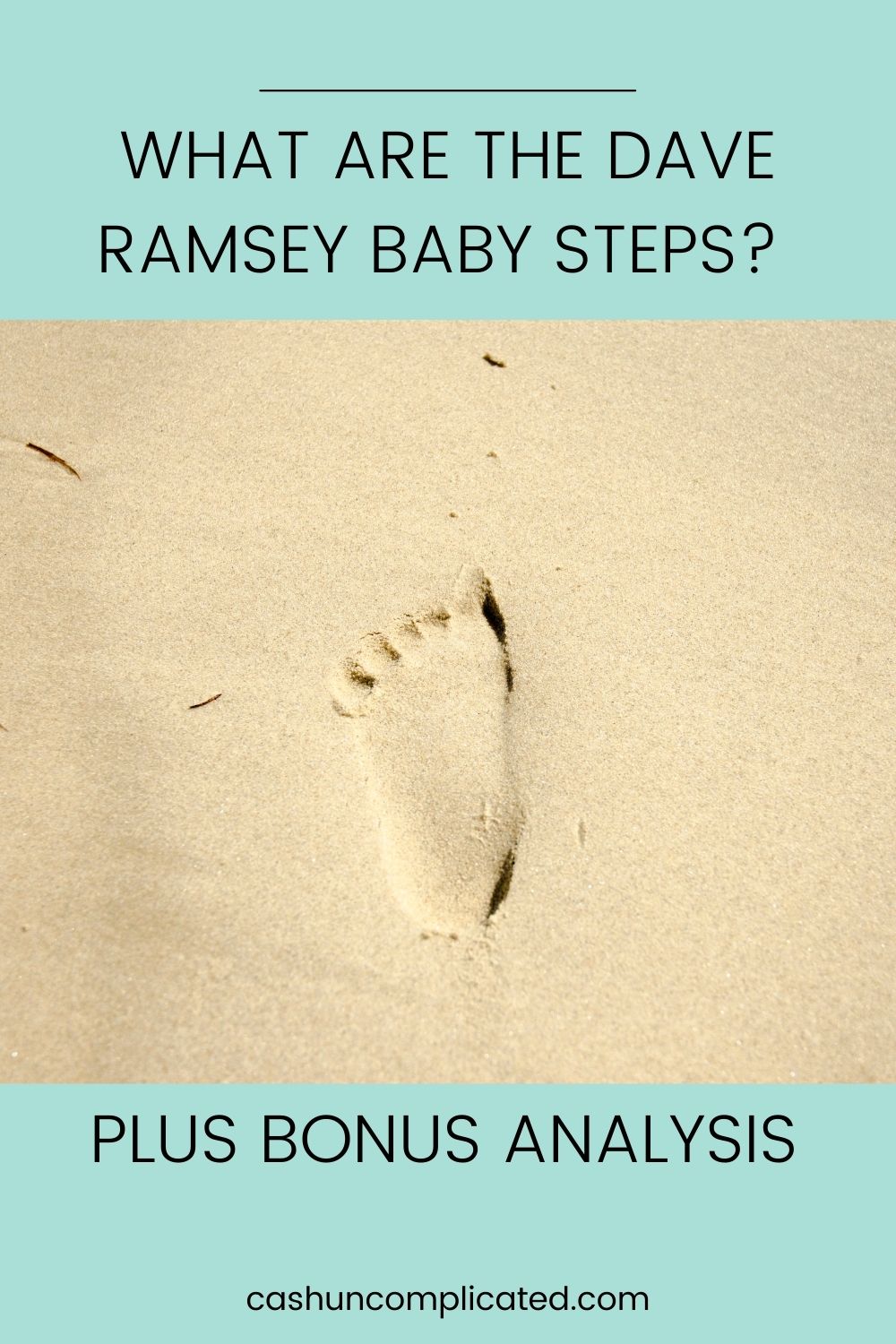Over the past few years the FIRE movement has started to gain more traction in the mainstream media. No, not a fire that burns and creates smoke, but FIRE as in Financial Independence Retire Early.
The FIRE movement isn’t new, it’s been around since at least the early 1990’s when the classic Your Money or Your Life was published. The book approaches money in a very different way than most of us are used to. Rather than looking at money as something you can buy stuff with, the book explores the concept of buying our freedom.
In the book, each dollar we invest decreases the amount of time we have to work for money. Or in other words, trading less of our time for money. The idea is when we no longer have to trade our time for money, we can pursue our passions and things we really want to do. It’s a thought provoking read and I’d highly recommend checking it out.
Although the book beautifully articulates new and fresh concepts, I’m sure there are people who retired early well before the books inception. It just wasn’t written or talked about. To be honest, most people probably just looked at it as a rich person who doesn’t need to work anymore, or works only when they want to. Your Money or Your Life was the first publication to my knowledge that promoted the concept of being able to not have to trade time for money at an early age as attainable to the everyday person.
Moving into the 2010’s and beyond, there have been myriad bloggers, authors, and podcasters who passionately speak about the FIRE movement. At the end of my book, I link to recommended websites, books, and podcasts—many of which address the concept. Or find those links on the last five pages of this PDF if you don’t have the book yet.
What Exactly Does FIRE mean?
Ok, so we know FIRE means Financial Independence Retire Early, but what does that really mean? Does it mean you have to be completely financially independent where your investments cover all your living expenses? Or can you still work to cover some of your expenses?
In its purest form, financial independence means you have the ability to live off just passive income. This can come from investments, pensions, a product you put out years ago that is still selling, or a variety of other things. The key is it has to be passive income. Another way to look at it: If you never again worked a day in your life, would you be able to live off your passive income?
The 4 Percent Rule and the Trinity Study
Arguably the most cited research in the FIRE community, the 1998 Trinity Study analyzed portfolio success rate from 1926-1995. To summarize, the comprehensive study analyzed the chances of how long a portfolio would last before running out of money. Or in other words, how long your money will last you.
The study analyzed various combinations of withdrawal rates and stocks/bonds allocations. One of the most cited findings from the study is that a portfolio with 50 percent stocks, 50 percent bonds and a withdrawal rate of 4 percent had a 95 percent success rate of lasting 30 years during this time period. The study included years when the market was down, and even the Great Depression and WWII.
The 4 percent rule was derived from the 4 percent withdrawal rate from the study. The rule basically states the findings from above. And that is if you withdraw 4 percent from a portfolio of 50 percent stocks, 50 percent bonds, you have a 95 percent chance of your portfolio making it 30 years. Additional research has suggested that a portfolio can last even longer.
Another way to look at the 4 percent rule is to multiply the amount of money you’ll need in retirement every year by 25. If your yearly spending is $50,000 then the 4 percent rule says you’ll need 1.25 million in your portfolio. To check our work, 1.25 million divided by 25 is $50,000. Here’s how much you’ll need in your portfolio for various withdrawal amounts.
| Withdrawal First Year of Retirement | Amount Needed in Portfolio |
| $30,000 | $750,000 |
| $40,000 | $1 million |
| $50,000 | $1.25 million |
| $60,000 | $1.5 million |
| $70,000 | $1.75 million |
| $80,000 | $2 million |
| $90,000 | $2.25 million |
| $100,000 | $2.5 million |
| $150,000 | $3.75 million |
| $200,000 | $5 million |
| $300,000 | $7.5 million |
As you can see in the chart, the higher the yearly withdrawal, the more money you’ll need in your portfolio. It’s very important for your withdrawal rate to be accurate so you know how much you need in your portfolio. If you’re not 100 percent confident in your numbers, err on the side of caution. For example, if you think you’ll need between $40,000 and $50,000 in your first year of retirement, plan on $50,000.
Since early retirees will need their portfolio to last longer than 30 years, they can use the 4 percent rule as a guide, and recalibrate their portfolio as needed. For example, if a couple retires at age 35, they are going to need their money to last much longer than 30 years since they are both likely to live past age 65.
This couple would recalibrate every year, or every couple years, to make sure their portfolio is still on track to make it 30 years or more. If the market has a big drop in the first few years of retirement, one or both people could conceivably go back to work, take a side job, or start a small business to create a little extra income. That will help prevent having to sell market shares. If the market remains steady or has large increases within those first few years, then this couple will see an increase in their overall net worth and will be on track for their money to last more than 30 years.
This is called sequence of returns. A good starting point to learn more about sequence of returns can be found in this article in Forbes.
Stages of FIRE and the Hidden Level
This brings us into our next topic, the levels or stages of financial independence. There are various models and descriptions of the stages—I don’t know if there’s one “official” model. I describe the stages like this:
Level 1: This is the very first level of financial independence where someone can technically live off just their passive income but probably will not want to. This would require a lower standard of living, extreme frugality, and cutting out important activities in their life. While this is technically financially independent, I don’t see it as a sustainable way to live. I’ve also seen this referred to as “lean FIRE.”
This is not to say this stage is bad. It’s actually a really great thing to technically be at this level. Many people at this stage choose to leave their stressful careers and take on something with less hours and/or less demands that pays less. Then they combine their passive income with their supplemental income to create a monthly sustainable income. Some people go on like this for years.
They kind of get the best of both worlds—elimination of a stressful career and the addition of something they really enjoy doing and getting paid for.
As an example, Bob can technically live off $40,000 a year with his passive income. All of his bills and monthly living expenses are covered with this amount. However, Bob also loves to travel to expensive locations several times a year. Pre-pandemic, Bob was spending about $10,000 per year on travel. If Bob retired early with just the bare minimum, he would have to cut out most of his travel.
To live the life he wants, Bob needs to make $40,000 per year in passive income along with an additional $10,000-$15,000 to cover his travel. To accomplish this, Bob doesn’t have to continue in his full time job if he doesn’t want to. He can leave the full time job and move on to a part time position in something he enjoys more. Even if he makes significantly less money, he can still find a way to earn the $10,000-$15,000 extra he wants.
Level 2: This is the medium range level. Someone at this level can comfortably live off their passive income and afford to engage in the activities they enjoy doing. If someone in this position wants to go out to a nice dinner a couple nights a week, they can easily do it. They can’t afford to go out every night to a nice dinner but a couple nights a week won’t hurt their finances at all.
Someone at this level can also afford to spend $15,000-$20,000 per year on travel and other extracurricular activities, but not much more than that. Overall they are financially comfortable, but wouldn’t be described as wealthy or rich.
Level 3: I would describe this as the upper-medium level. This person isn’t rich, but they are definitely not hurting for money. They can afford to live in most neighborhoods of their choosing, drive a luxury car, and spend around $50,000-$75,000 a year on travel and other experiences. Many would describe this person as wealthy.
Level 4: This level describes someone who would be described as rich. For the most part, they can purchase what they want and travel with a minimal budget. They are generating significant amounts of money in passive income and really don’t have to worry about money at all. Their net worth likely exceeds 10 million.
Level 5: This is the last level and would describe the ultra-wealthy, or “one percenters.” This person is so rich that that it would be very difficult to run out of money. They can afford pretty much whatever they want.
Bonus: Beware of Level 0: As a bonus, let’s address the rarely talked about hidden level. It’s what I call level 0. It’s someone who claims to be financially independent but really aren’t. This person is probably doing very well with their finances, and on track for financial independence, but they aren’t currently.
In my opinion, if passive income doesn’t generate enough to meet minimum expenses, that person is not financially independent. If someone in this position decides to “retire” from their current job without gaining some other type of active income, they are putting themselves in a dangerous spot where they will run out of money.
In stage one, there was the example of Bob who worked a part time gig to cover his non-essential expenses. Someone at stage 0 can do the same thing as Bob. For example, if someone at stage 0 is only $10,000 short of covering basic living expenses, they can get a part time job to cover the gap. They don’t need to stay in their current job making more than that, but they do need to make a minimum amount of money. It’s important to get the numbers right, even if it means having to wait a couple years before officially calling yourself financially independent.
Not Just for the Wealthy
Although you can be wealthy and retire early, it’s not an absolute requirement. You don’t have be wealthy to be financially independent and retire early. If your lifestyle is low cost, you don’t need as much. Remember, according to the 4 percent rule, you only need 25 times your annual expenses. Many members of the FIRE community have significantly cut down their cost of living. There are many creative ways to reduce expenses, here are a few common ways:
- Live closer to work, shopping, attractions, etc. to reduce dependency on a car
- Travel hacking
- Living in a less expensive part of the country
- Living in another country at a fraction of the price for one or more years
- Eliminating one or both cars
- Reducing housing costs
For example, if someone living in an expensive city like San Francisco or New York moved to the Midwest or the South and were able to sustain their income, they’d have an immediate drop in housing expenses. I’m not saying you should leave a city you love, it’s just a way some early retirees have reduced their cost of living.
Others have decided to not just move to a less expensive part of the country, but a less expensive country altogether. Some stay for long periods of time, others stay for weeks or months at a time before traveling to another inexpensive country. There’s no one way to do it, there are a lot of great options.
Early retirees can use all of the strategies outlined above, some of them, none of them, or create an entire list of their own. There are probably hundreds of ways to live less expensively, the key is for each person to pick the methods that best suit their needs. As Robert Kiyosaki reminds us in Rich Dad Poor Dad, it’s not about how much you make, but about how much you keep.
Not Just for Under 50
The average retirement age has been 61 since 2011 according to an article in U.S. News. The common perception of the FIRE movement is of people retiring in their late 20’s, 30’s and early 40’s. However, if the average retirement age is 61, wouldn’t anyone retiring before this age technically be retiring early? I would argue yes.
One of the beauties of the FIRE movement is that anyone can join at any time. There’s no rule that states you have to be a certain age. True, many members of the FIRE community are under the age of 50 but anyone can apply the principles and be rewarded with early financial independence.
Some of the common principles I see from the FIRE movement:
- Value-based spending
- Thinking outside the box
- Frugality
- Elimination of wasteful spending
- Creative spending
- And much more
Anyone can do these things; it’s not reserved for a certain age. As an example, someone turning 50 years old who decides she wants to retire by age 58. Even if she is currently not in a good financial position, she can implement some or all of the principles of the FIRE movement and retire in the relatively short time span of eight years.
Cautions
Like anything, it’s important to look at the whole picture. As great as I think the FIRE movement is, there are things to be cautious of. The first thing that comes to mind is getting the calculations correct. Since leaving a job (especially a high paying job) is such a high-leverage decision, I would recommend having a professional, or at least another knowledgeable person, double check the numbers.
Everyone should run the numbers themselves, but it can’t hurt to get a second opinion. Even one miscalculation can throw the numbers off so why not get a second opinion?
The second thing that comes to mind is that life changes. What we want in our 20’s and 30’s isn’t always what we want in our 40’s and beyond. A guy in his early 30’s may have run all the numbers correctly, assessed his values, and decide he wants to retire early at 33. If he is currently happy living in a studio or one bedroom, he needs to know that may not be the case down the line.
If he runs his numbers according to today’s values, he may come up short down the road. If he decides he wants kids and a house with a backyard five years from now, his lifestyle will be inflated from present day level. That would leave him in a financially compromising position because he won’t have the proper funds to cover any lifestyle deviations.
Or if he at some point wants to travel in three to five star hotels instead of camp or stay in budget motels, his funds will not support that choice. Of course he can always pick up a side gig or even full time work, but that isn’t really financial independence anymore.
I’ve heard the argument made that you can always return back to work. Which is true to a degree, but can also prove to be false. If someone with a six figure salary at the top of their field retires early, it’s unlikely they will jump right back into that position immediately. Especially if multiple years have gone by.
I believe in the abundance mindset and that the cream rises to the top. In other words, I think that person will eventually rise to the top again if they choose to. They may even have a great relationship with their old company and be able to jump right back into their old position. However, it may not happen that quickly or easily.
It may take several months to several years, and lots of hard work just to get back to where they were prior to retirement. There’s job skills that will need to be picked back up, as well as a learning curve for the technology and professional changes that no doubt will have occurred. That has to be accounted for when making the decision to leave a career.
There’s an old story about pumping a well. In the beginning, you’re pumping as hard as you can for a long time just to get a little bit of water. Once you’ve got the water flowing though, you don’t have to pump nearly as long, or nearly as hard to draw water because the pump is already primed. If you stop using the well though, you’ve got to start the priming process all over again.
I compare this to a career and retirement in a way. At the beginning of your career, you’re working hard just to get up to speed and maybe to a leadership position. Once you get there, you still need to work hard but you’ve gotten past the steep learning curve. If you retire early and then decide to go back to work, you may have to face the learning curve again and begin pumping the well all over again. Which definitely can be done—it’s just something to think about prior to retiring early.
The last major caution that comes to mind isn’t really financially based. At first glance, many people would probably jump at the chance to retire early in their 20’s or 30’s. What happens after four or five months of being out of the work environment though? Just because you are retired doesn’t mean your friends and family are. An early retiree has to have a plan post-career.
For some this won’t be a problem at all. They’ve got travel lined up, volunteer work, and plenty of other things. But if someone’s plan is to catch up on all the TV and movies they’ve missed over the years, that’s going to get old real quick.
Work provides social opportunities for a lot of people. Early retirement will mean you’ve got to find social interactions and activities outside of the work environment. Which won’t be a problem for some, but might be for others. Just like with the financial piece of early retirement, this aspect needs to be accounted for.
Why FIRE?
For many people, myself included, it’s about the FI, not necessarily the RE. In a vacuum, money is just a currency. But it’s more than that because it allows for choices. The FIRE movement is all about choices so you can live your best life possible. If you’re living paycheck to paycheck, you really don’t have a lot of choices. But if you’re financially independent, or on your way to it, the choices really begin to open up.
One of your choices after financial independence might include retirement, or it might not. If you want to continue working, financial independence allows you to do that. If you want to leave your job and do something part time, financial independence allows that. Or if you want to travel the globe, financial independence allows that too.
Related: My Biggest Issues With Retirement—And It’s Not Even During Retirement
Many members of the FIRE community don’t retire at all, even though they easily can. They pursue passion projects, start a blog, write a book, and help others, to name just a few. Some of these things can be monetized while others can’t. Just because a passion can be monetized doesn’t mean that person isn’t financially independent anymore. It’s just that they’re doing something they love while getting paid at the same time.
Conclusion
It’s impossible to cover everything about the FIRE movement in a blog post. There are literally entire books on FIRE. There are also documentaries, webinars, and podcasts addressing the principles of FIRE. This post was merely meant as an introduction.
There are many great principles and ideas that have come from the FIRE movement. Even if you choose not to go for FIRE, anyone can easily pull ideas and principles from the movement that will help their everyday financial life.


